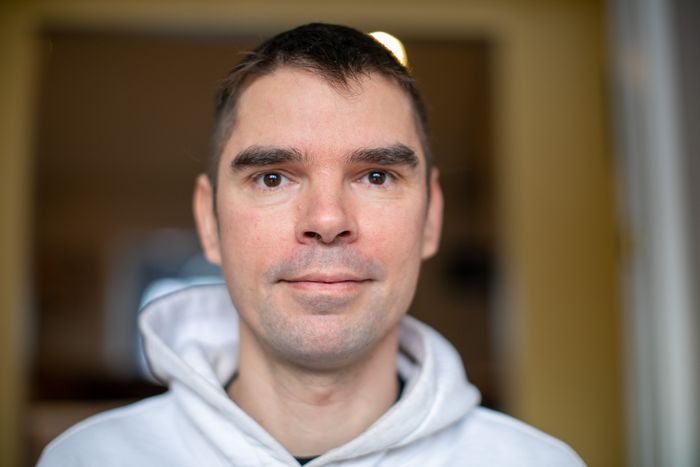
RIP John Baldessari
A small collection of artworks by John Baldessari, an amazing artist who died yesterday. If you’re unfamiliar with his work, A Brief History of John Baldessari is worth watching too.

A small collection of artworks by John Baldessari, an amazing artist who died yesterday. If you’re unfamiliar with his work, A Brief History of John Baldessari is worth watching too.
